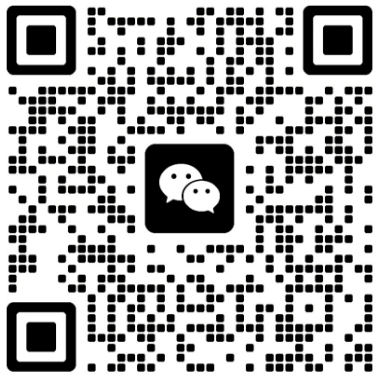Pasos clave y costos en el diseño del despacho de aduanas
En la logística euroasiática moderna, conectar China con Rusia, Bielorrusia y Asia Central requiere una planificación aduanera minuciosa. Los envíos bajo servicios de transporte transfronterizo deben cumplir con los trámites correspondientes. pierna: Desde el despacho de exportación en China, pasando por los documentos de tránsito en países intermediarios (p. ej., Kazajistán), hasta el despacho final de importación en el país de destino, los pasos clave incluyen la preparación de documentos de exportación exhaustivos (factura comercial, lista de empaque, certificados), la presentación de declaraciones aduaneras precisas y el pago de aranceles e impuestos. Estos procedimientos ayudan a evitar sorpresas: Por ejemplo, El nuevo sistema “Tez Customs” de Kazajstán digitaliza el despacho de aduanas por ferrocarril entre China y Asia Central en aproximadamente 30 minutos. En la práctica, transportistas experimentados como Dear-Railway Container Transport gestionan todos los pasos del despacho, ofreciendo servicios integrales de transporte transfronterizo y manteniendo Envío de carga de China a Asia Central y Logística entre China y Rusia según lo previsto.
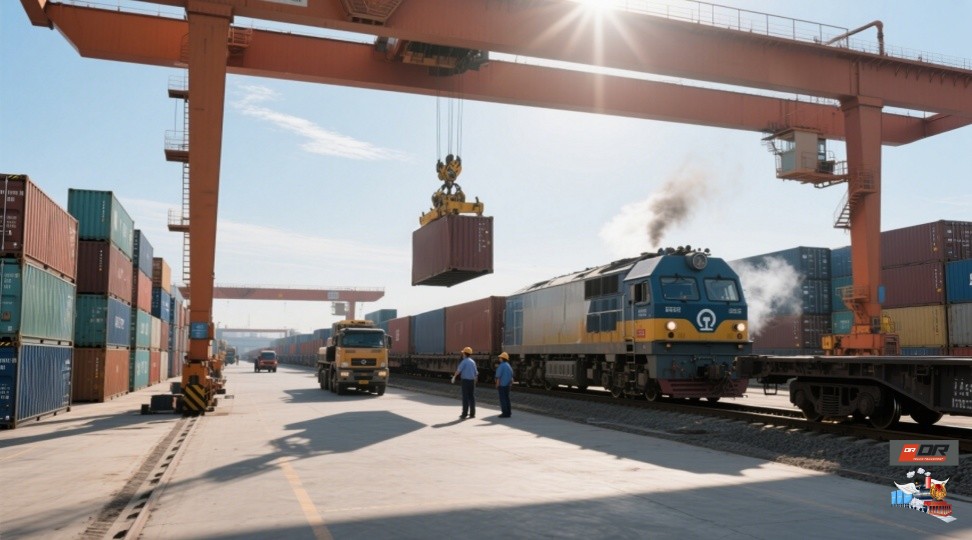
Pasos clave en el proceso de despacho de aduanas
- Preparación de la documentación: Los exportadores deben recopilar todos los documentos necesarios antes del envío. Este incluye un Factura comercial con descripciones detalladas, valores y orígenes de las mercancías (utilizadas por las aduanas para calcular los impuestos), un Lista de embalaje con pesos/dimensiones, una guía de carga o guía aérea, y una certificado de origen (indicando donde se fabricaron las mercancías). Cualquier especial licencias o permisos (para artículos controlados) y un certificado de seguro (si corresponde) también debe organizarse.
- Declaración de Aduanas: Utilizando sistemas de archivo electrónico (EDI) siempre que sea posible, el exportador o agente presenta la declaración aduanera. Esto requiere asignar códigos arancelarios SA precisos y declarar el valor total del envío (incluidos el flete y el seguro). Una clasificación y valoración correctas garantizan la aplicación de los derechos e impuestos correspondientes. Muchos países ahora exigen la presentación digital de datos to procesamiento de velocidad
- Inspección: Las autoridades aduaneras revisan los documentos presentados y pueden realizar una inspección física de las mercancías. Los envíos de bajo riesgo o rutinarios suelen despacharse rápidamente tras una verificación documental, mientras que las cargas de alto valor o sospechosas pueden escanearse o abrirse para su verificación. Los agentes también emplean técnicas de gestión de riesgos (basadas en el origen, la mercancía o el historial del comerciante) para seleccionar contenedores y someterlos a un escrutinio más minucioso.
- Pago de derechos e impuestos: Una vez inspeccionada la carga, el importador paga los derechos e impuestos de importación correspondientes. Los derechos generalmente son... ad valorem – calculado como un porcentaje del valor aduanero del envío. Por ejemplo, si un arancel es del 10% para un envío de $10,000, el arancel sería de $1,000. Además, la mayoría de los destinos cobran un Impuesto sobre el Valor Añadido (IVA) o impuesto sobre las ventas de importaciones; este generalmente se calcula sobre la suma de bienes, flete, seguro y aranceles (en Rusia/Bielorrusia Esto es aproximadamente el 20%). Los corredores o importadores deben pagar estas tarifas para obtener el despacho de aduana.
- Lanzamiento y entrega: Tras el pago, la aduana emite una orden de liberación de la mercancía. La carga puede entonces trasladarse desde el puerto o la terminal ferroviaria hasta el destinatario final. Dependiendo de la ruta y el medio de transporte (camión o tren), esto podría implicar conexiones locales de transporte por carretera o tren. El tiempo total de despacho puede variar desde unas pocas horas (para envíos urgentes) hasta varios días (especialmente si surgen inspecciones o trámites).
Consideraciones específicas de cada país
Los procedimientos de despacho varían según el destino. Rusia y Bielorrusia forman parte del Unión Económica Euroasiática (UEE), por lo que utilizan un código aduanero común. En la práctica, esto implica aranceles armonizados y requisitos de documentación unificados. Por ejemplo, muchos productos (electrónica, maquinaria, artículos infantiles) requieren un EAC (Conformidad Euroasiática) Certificado antes de la entrada. Los importadores deben verificar si se requiere un certificado o declaración de la CAE, ya que afecta a los aranceles. Ambos países cobran el IVA de importación (alrededor del 20%) sobre el valor en aduana (incluidos los aranceles). De igual manera, Kazajistán y la República Kirguisa comparten estas normas de la UEE, lo que simplifica el tránsito a través de estos países.
Otros países de Asia Central tienen regímenes distintos. Uzbekistán, Tayikistán o Turkmenistán utilizan sus propios procedimientos aduaneros (y, a menudo, diferentes tipos de IVA), por lo que los envíos a estos países requieren agentes de aduanas locales y, posiblemente, documentación adicional. Las barreras lingüísticas y el cumplimiento normativo local (por ejemplo, Bielorrusia puede tener formularios nacionales) pueden añadir complejidad. En cualquier caso, es fundamental que el código HS corresponda al arancel de cada país y mantenerse al día con las actualizaciones regulatorias para evitar multas o retrasos.
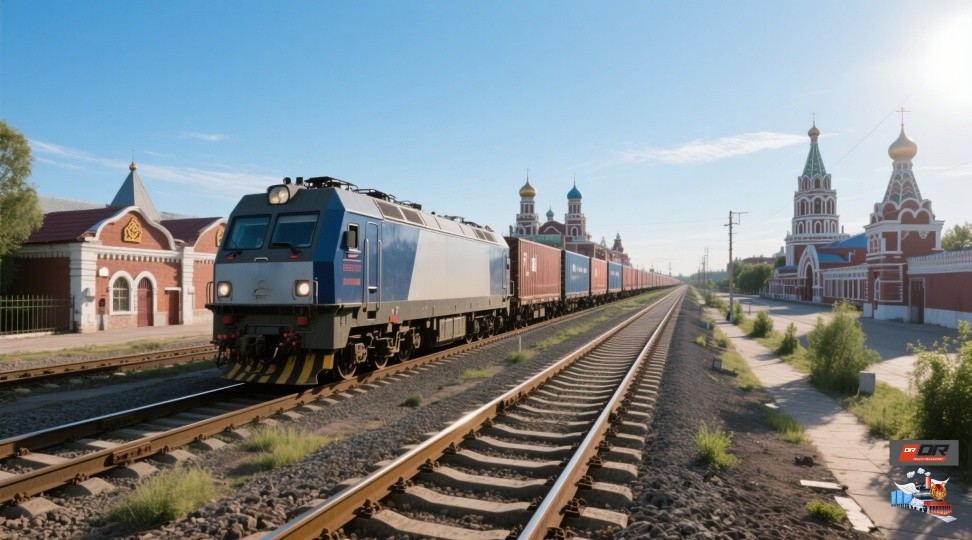
Logística de tránsito y el sistema TIR
Al transportar carga a través de múltiples fronteras, los regímenes de tránsito pueden agilizar el despacho. Muchas rutas entre China y Rusia/California utilizan el... TIR (Transportes Internacionales Ruteadores) Sistema TIR. Con el TIR, un camión puede transportar una carga sellada a través de los países de la UEEA con un solo cuaderno aduanero, en lugar de declaraciones separadas. Por ejemplo, un camión refrigerado de Cantón a Moscú puede viajar vía Kazajistán con un solo cuaderno TIR, evitando inspecciones repetidas. El transporte ferroviario ha experimentado avances similares: desde entonces... 2024 de Kazajstán Aduanas de Tez Una plataforma digital automatiza el tránsito aduanero en el corredor ferroviario China-Kazajistán. Los trenes ahora pasan por la aduana en aproximadamente 30 minutos tras su llegada. Tenga en cuenta que Los envíos ferroviarios aún enfrentan limitaciones físicas; por ejemplo, el cambio estándar a ancho de vía ancho en el cruce de Alashankou/Dostyk suele costar alrededor de US$329 por tren. En general, estas medidas (TIR, aduanas Tez) buscan reducir el tiempo de tránsito y los riesgos de manipulación para el transporte de mercancías de China a Asia Central.
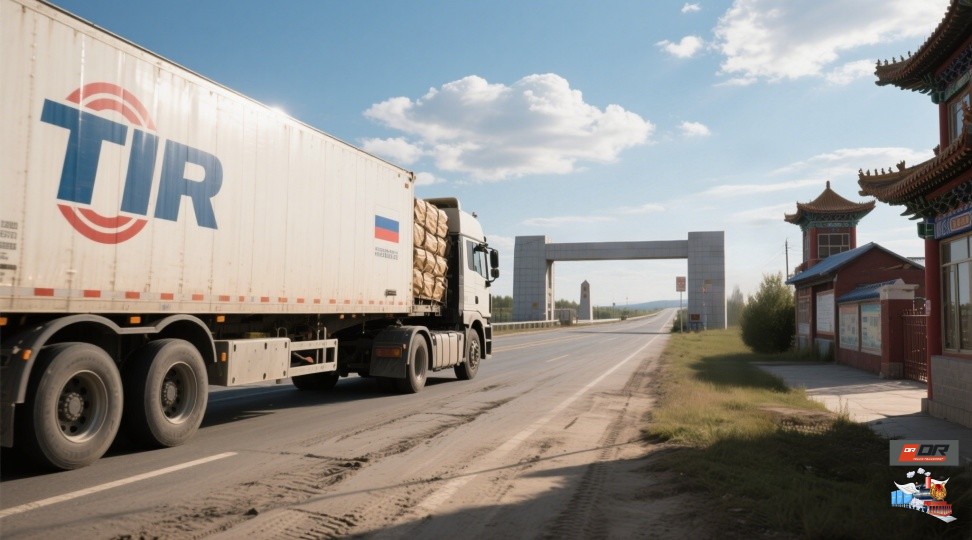
Costos típicos de despacho de aduana
Los costos de despacho de aduana incluyen ambos tarifas fijas y cargos variables (véase la Tabla 1). Los artículos típicos son los honorarios de los agentes de aduanas (un cargo por el servicio de gestión de trámites), los derechos de importación (basados en el valor y el tipo arancelario) y el IVA. Por ejemplo, los tipos arancelarios generales sobre bienes comunes pueden ser del 5 al 15 % del valor declarado, con un IVA adicional del 10 al 20 %. En la parte superiorEn la práctica, un agente aduanal podría cobrar entre 50 y 150 dólares por entrada por sus servicios. Otros posibles cargos incluyen la gestión portuaria, los recargos por inspección y el almacenamiento. En la Tabla 1 a continuación, mostramos un desglose ilustrativo de los costos para un envío estándar en un contenedor de 20 pies. Los costos exactos dependen de la mercancía, el origen/destino y las tarifas negociadas.
| Componente de tarifa | Ejemplo de costo | Notas |
|---|
| Tarifa de agente de aduanas | $100–150 por entrada | Para archivar documentos y comunicarse con las autoridades |
| Derechos de importación | 5–15% del valor de la carga | Porcentaje arancelario (varía según el código SA) |
| IVA de importación (Rusia/Bielorrusia) | ~20% del valor total | IVA sobre mercancías + envío + aranceles |
| Tarifas de documentación | $50–100 | Facturas, certificados, permisos electrónicos |
| Otros cargos (por ejemplo, inspección, puerto) | $50–100 | Inspección aduanera, escaneo, almacenamiento |
Tabla 1. Ejemplo de componentes del costo del despacho de aduanas (aproximado, por contenedor de 20 pies)Estas estimaciones son ilustrativas; actual costos de despacho de aduana (De China a Bielorrusia u otras rutas) variará. Consultar con un proveedor logístico. se recomienda para cotizaciones precisas.
Mejores prácticas con los transportistas
Para facilitar el proceso de autorización, siga estas prácticas recomendadas:
- Contrate corredores con experiencia: Trabaje con agentes de carga o agentes de aduanas que conozcan bien China y los mercados de destino. Su experiencia agiliza el papeleo y evita errores.
- Mantener una documentación precisa: Asegúrese de que todas las facturas, listas y certificados estén completos y correctos. Los documentos incompletos o inconsistentes son la causa más común de retrasos.
- Manténgase informado sobre las reglas: Las regulaciones y aranceles aduaneros pueden cambiar con frecuencia.. Pista actualizaciones en cada país para que puedas ajustar procedimientos (y precios) de forma proactiva.
- Utilice la tecnología: Aproveche las herramientas de presentación electrónica, seguimiento y gestión de datos para reducir los errores manuales. El software moderno facilita la transmisión rápida de declaraciones y permisos.
- Plan para contingencias: Anticipar posibles retrasos (p.ej inspecciones específicas o interrupciones de TI) y tener alternativas listas (como almacenamiento en depósito o rutas alternativas). Las aseguradoras y las compañías de respaldo también pueden mitigar los riesgos.
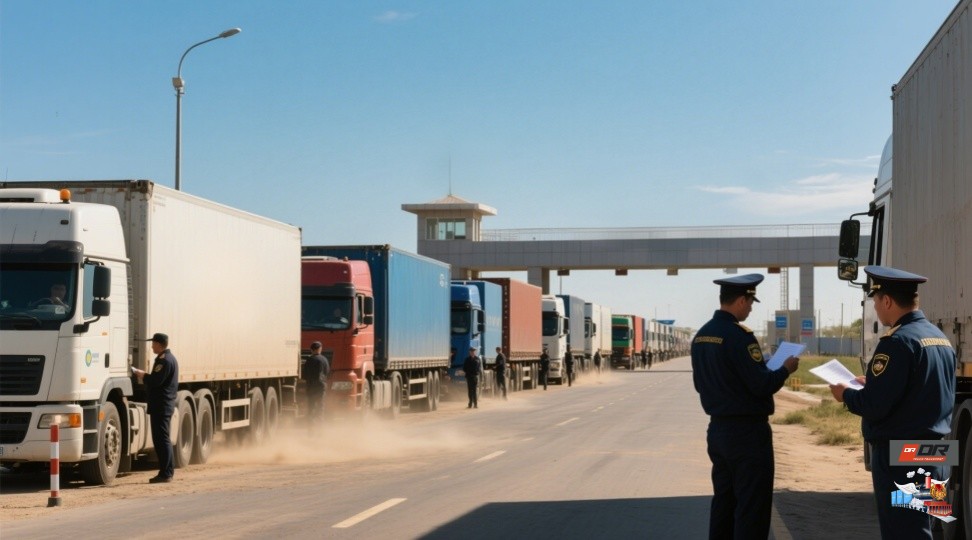
Asociarse con un proveedor logístico confiable unifica estas prácticas. Por ejemplo, Estimado transporte de contenedores por ferrocarril ofrece completo servicios de transporte transfronterizo, gestionando todo, desde la reserva y el seguimiento hasta el despacho de aduanas en varios países. Sus equipos se coordinan con agentes locales en Rusia, Bielorrusia o Asia Central y supervisan cada... paso del envíoEn resumen, confiar el despacho a especialistas puede reducir el tiempo de tránsito y disminuir costos inesperados.
En general, un diseño exhaustivo del despacho aduanero (documentación detallada, declaración inteligente y conocimiento de los costos) es vital para el comercio entre China y Rusia, así como entre China y Asia Central. Las empresas que implementen los pasos anteriores y contraten transportistas experimentados transitarán las fronteras internacionales con mayor fluidez. Al planificar y cumplir con las normativas, los transportistas pueden asegurar el transporte de sus mercancías a tiempo a través del puente terrestre euroasiático. Para Soluciones logísticas integrales y calendarios de transporte actualizados, visita la página oficial Estimado transporte de contenedores por ferrocarril sitio web.
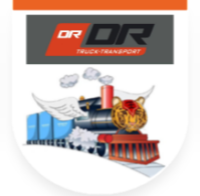

















 IPv6 RED SOPORTADA
IPv6 RED SOPORTADA
